Degrees & Affiliations
BS, Bioengineering - Rice University PhD Student, Medical Engineering & Medical Physics - Harvard-MIT Health Sciences & Technology
Background & Interests
 Biology
Biology
 Getting Swole
Getting Swole
 Keeping the Lab Humble
Keeping the Lab Humble
 R&D
R&D
 Technology
Technology
Biography
Constantine Tzouanas is a Hertz Fellow and NSF Graduate Research Fellow in the Harvard-MIT Health Sciences and Technology program, pursuing a PhD in Medical Engineering and Medical Physics with a concentration in Biological Engineering.
In the Shalek lab, he researches how the properties and interactions of individual cells produce the emergent phenomena needed for tissue/organism-level function, but go awry in disease states. His work combines technology development, bioinformatics, and wet lab experimentation to bring hard engineering rigor to the squishy world of biology.
As an undergraduate at Rice University, he majored in Bioengineering and minored in Neuroscience. He received the Goldwater Scholarship and worked on circuit neuroscience in the lab of Prof. Jacob Robinson, developing microfluidic devices to uncover principles of neural plasticity in the immortal jellyfish Hydra vulgaris.
Outside of research and coursework at MIT and Harvard, Constantine serves as an officer of the MIT Biotech Group and in the Harvard-MIT Health Sciences and Technology Joint Council. In his free time, Constantine enjoys running, ultimate frisbee, and baking. As mildly interesting trivia facts, his current favorite upbeat indie band is Saint Motel, and his childhood dream job was to become a skyscraper architect.
Publications
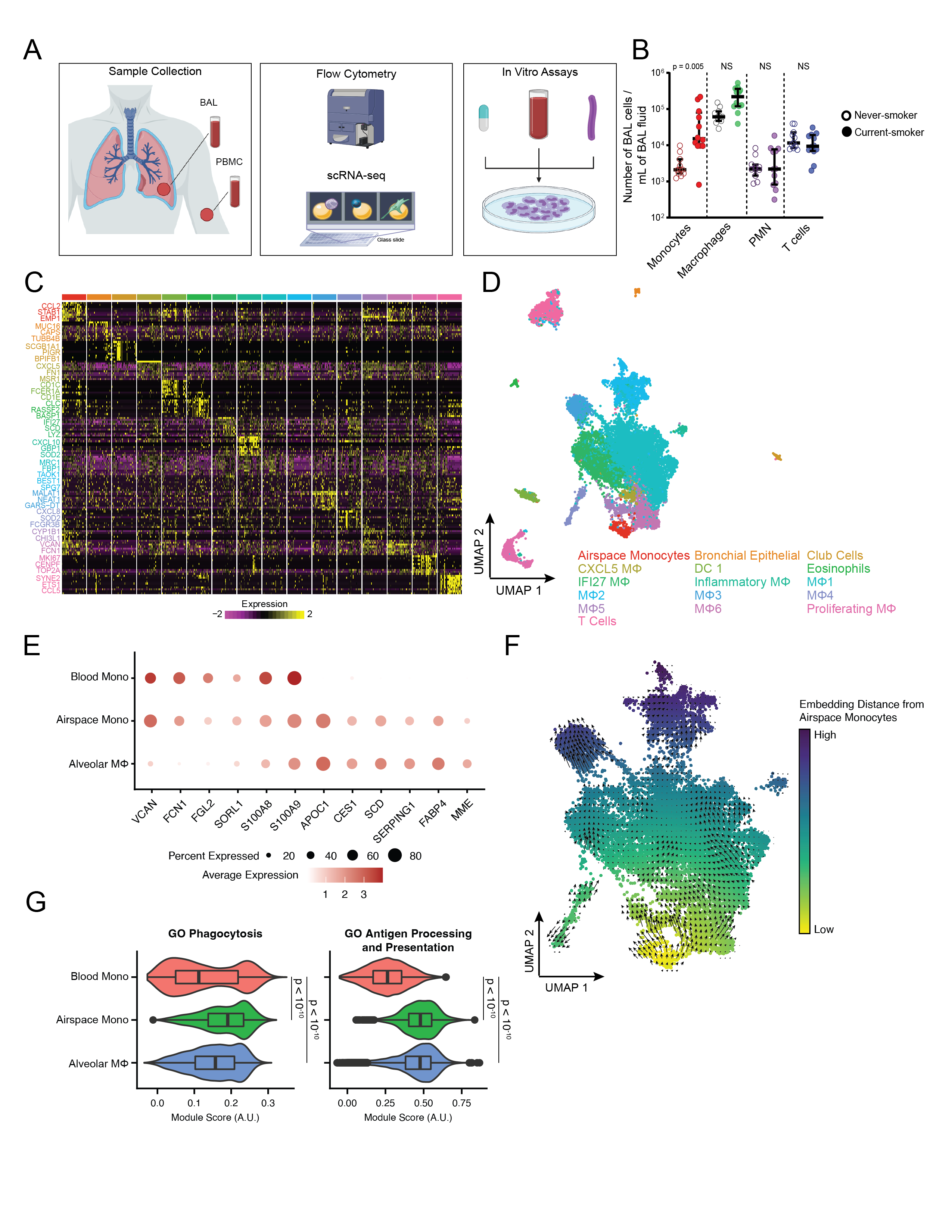
Tobacco smoke exposure recruits inflammatory airspace monocytes that establish permissive lung niches for Mycobacterium tuberculosis
 Computational Methods
Computational Methods
 Infectious Disease
Infectious Disease
 Medicine
Medicine
 Alex K. Shalek
Alex K. Shalek
 Constantine Tzouanas
Constantine Tzouanas
 Marc Wadsworth II
Marc Wadsworth II
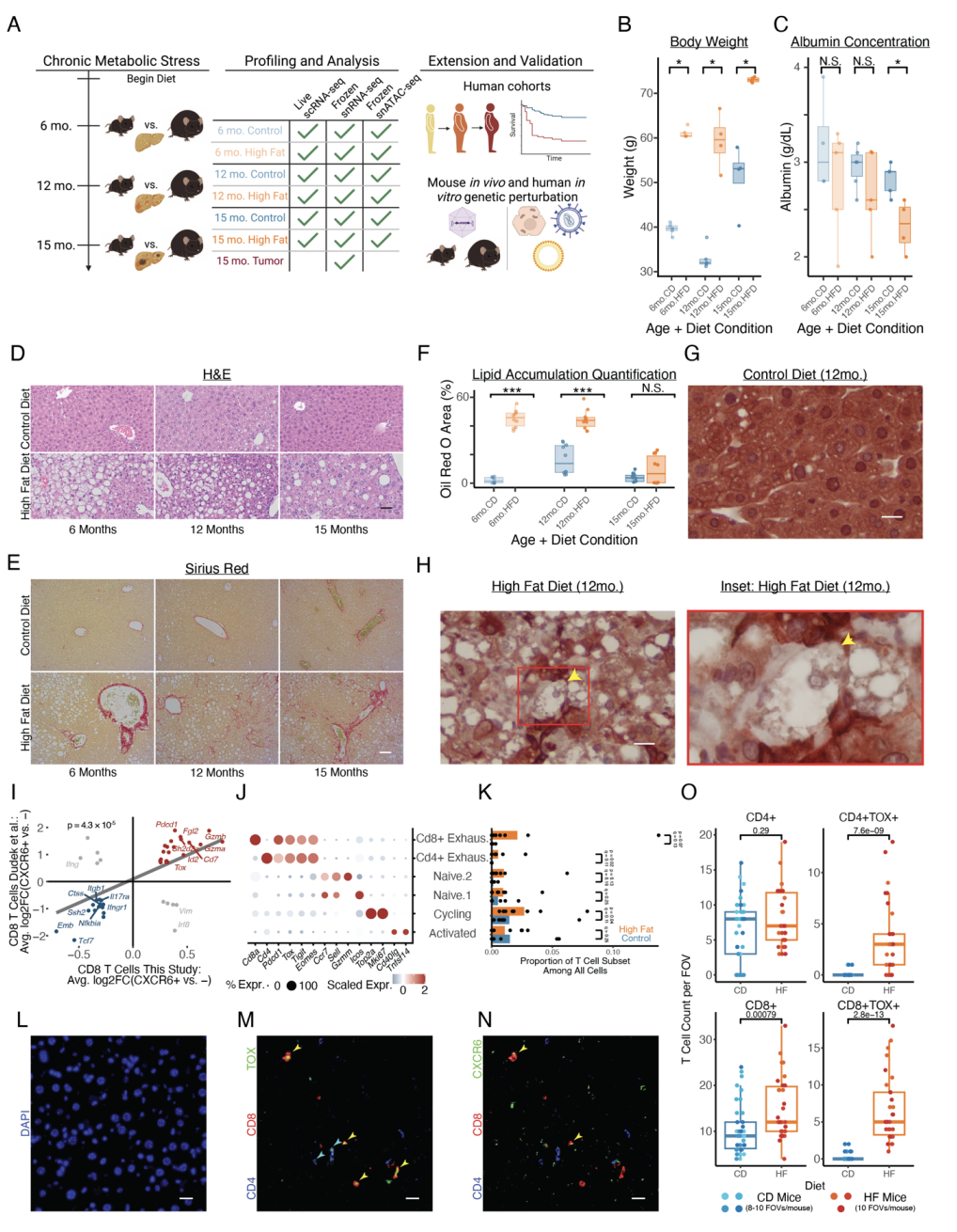
Chronic metabolic stress drives developmental programs and loss of tissue functions in non-transformed liver that mirror tumor states and stratify survival
 Biology
Biology
 Alex K. Shalek
Alex K. Shalek
 Ben Mead
Ben Mead
 Constantine Tzouanas
Constantine Tzouanas
 Evelyn Yuzhou Tong
Evelyn Yuzhou Tong
 Jay Prakadan
Jay Prakadan
 Kellie Kolb
Kellie Kolb
 Michelle Ramseier
Michelle Ramseier
 Tyler Dao
Tyler Dao
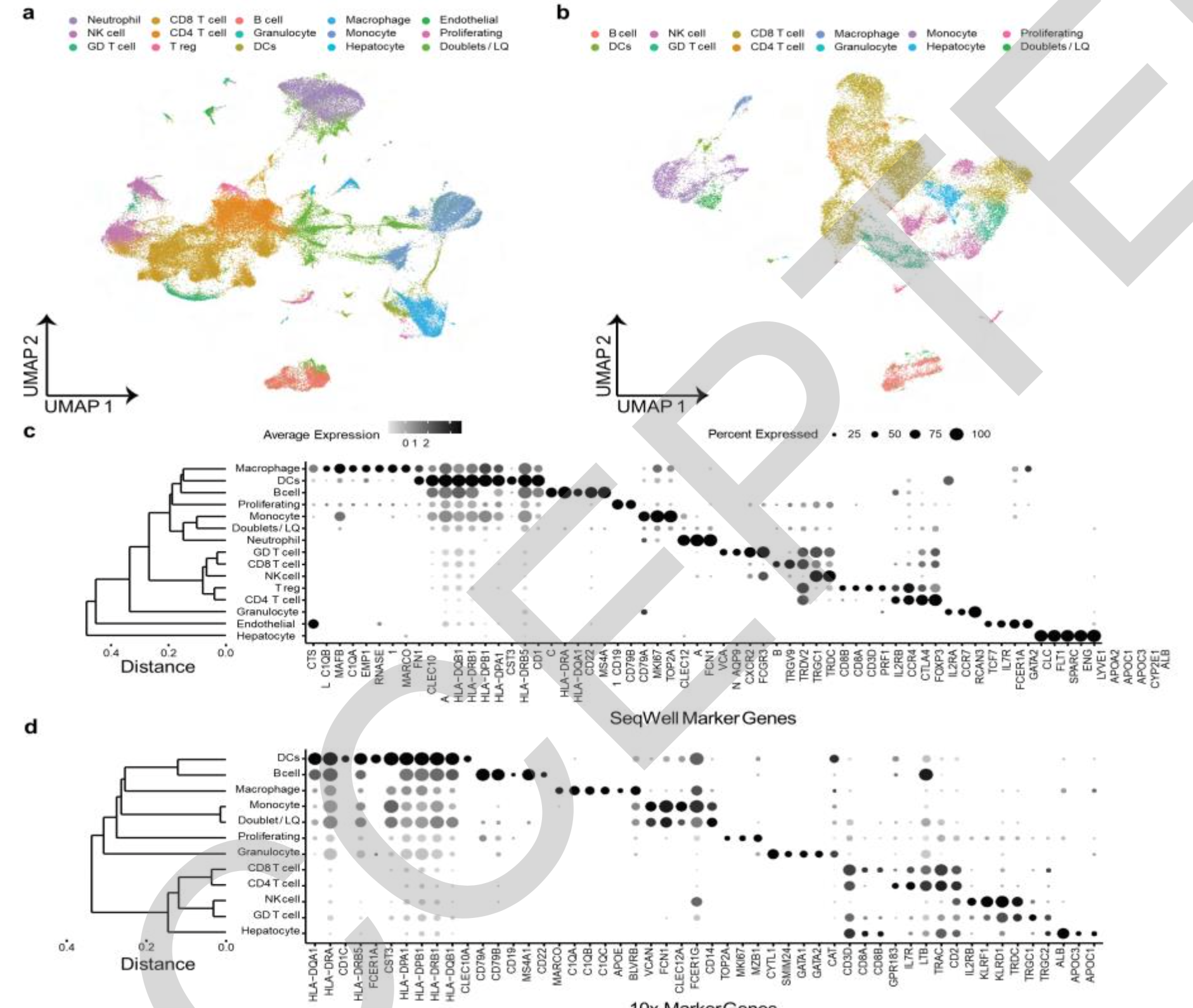
Single-cell RNA sequencing of liver fine-needle aspirates captures immune diversity in the blood and liver in chronic hepatitis B patients
 Biology
Biology
 Cell Atlas
Cell Atlas
 Genomics
Genomics
 Immunology
Immunology
 R&D
R&D
 Technology
Technology
 Alex Genshaft
Alex Genshaft
 Alex K. Shalek
Alex K. Shalek
 Constantine Tzouanas
Constantine Tzouanas
 Ira Fleming
Ira Fleming
 Jasmin Joseph-Chazan
Jasmin Joseph-Chazan
 Mike Vilme
Mike Vilme
 Nancy Tran
Nancy Tran
 Riley Drake
Riley Drake
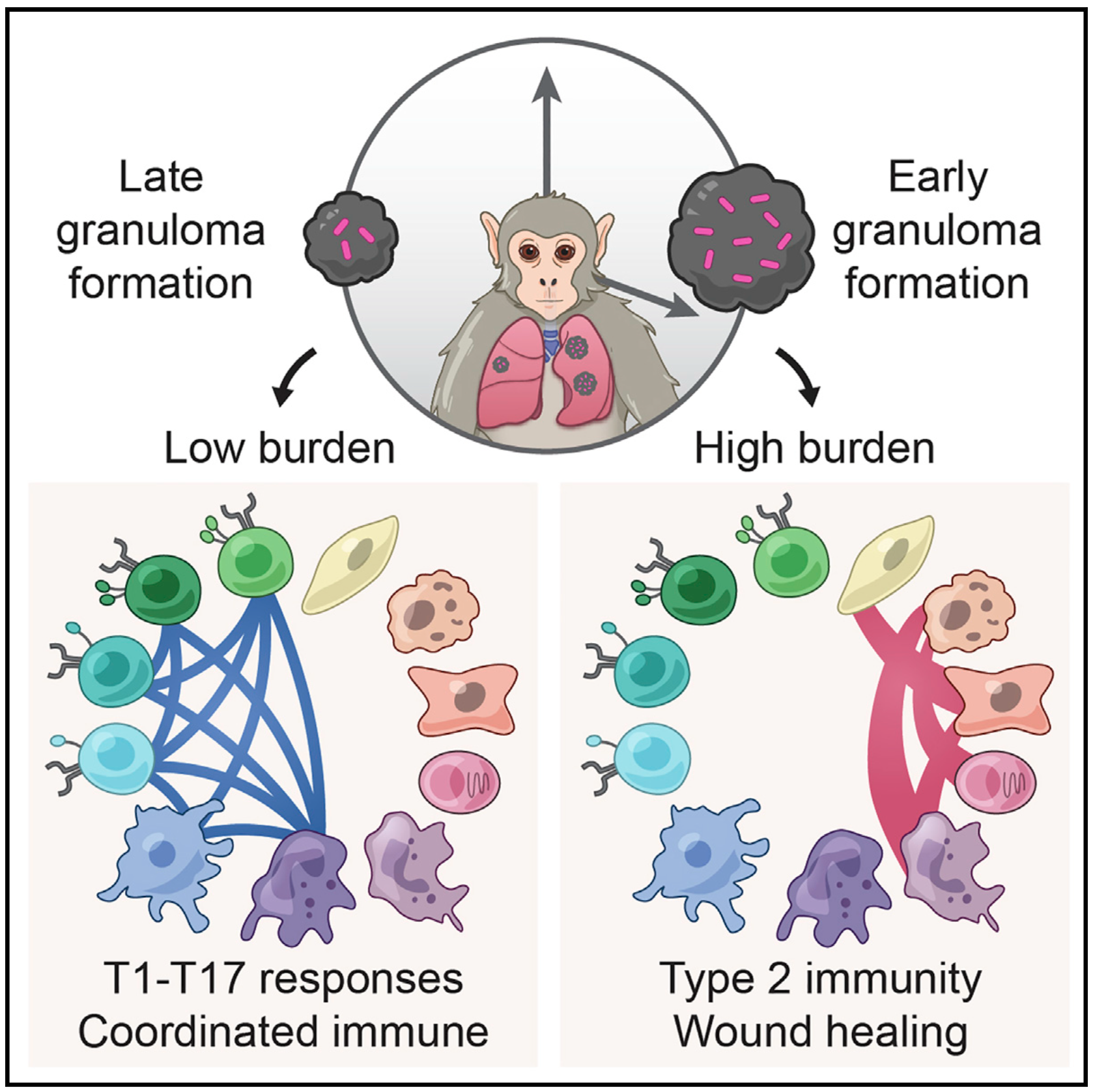
Multimodal profiling of lung granulomas in macaques reveals cellular correlates of tuberculosis control
 Biology
Biology
 Cell Atlas
Cell Atlas
 Genomics
Genomics
 Immunology
Immunology
 Infectious Disease
Infectious Disease
 Microbiology
Microbiology
 Alex K. Shalek
Alex K. Shalek
 Conner Kummerlowe
Conner Kummerlowe
 Constantine Tzouanas
Constantine Tzouanas
 José Ordovas-Montañes
José Ordovas-Montañes
 Marc Wadsworth II
Marc Wadsworth II
 Samira Ibrahim
Samira Ibrahim
 Sarah Nyquist
Sarah Nyquist
 Travis Hughes
Travis Hughes
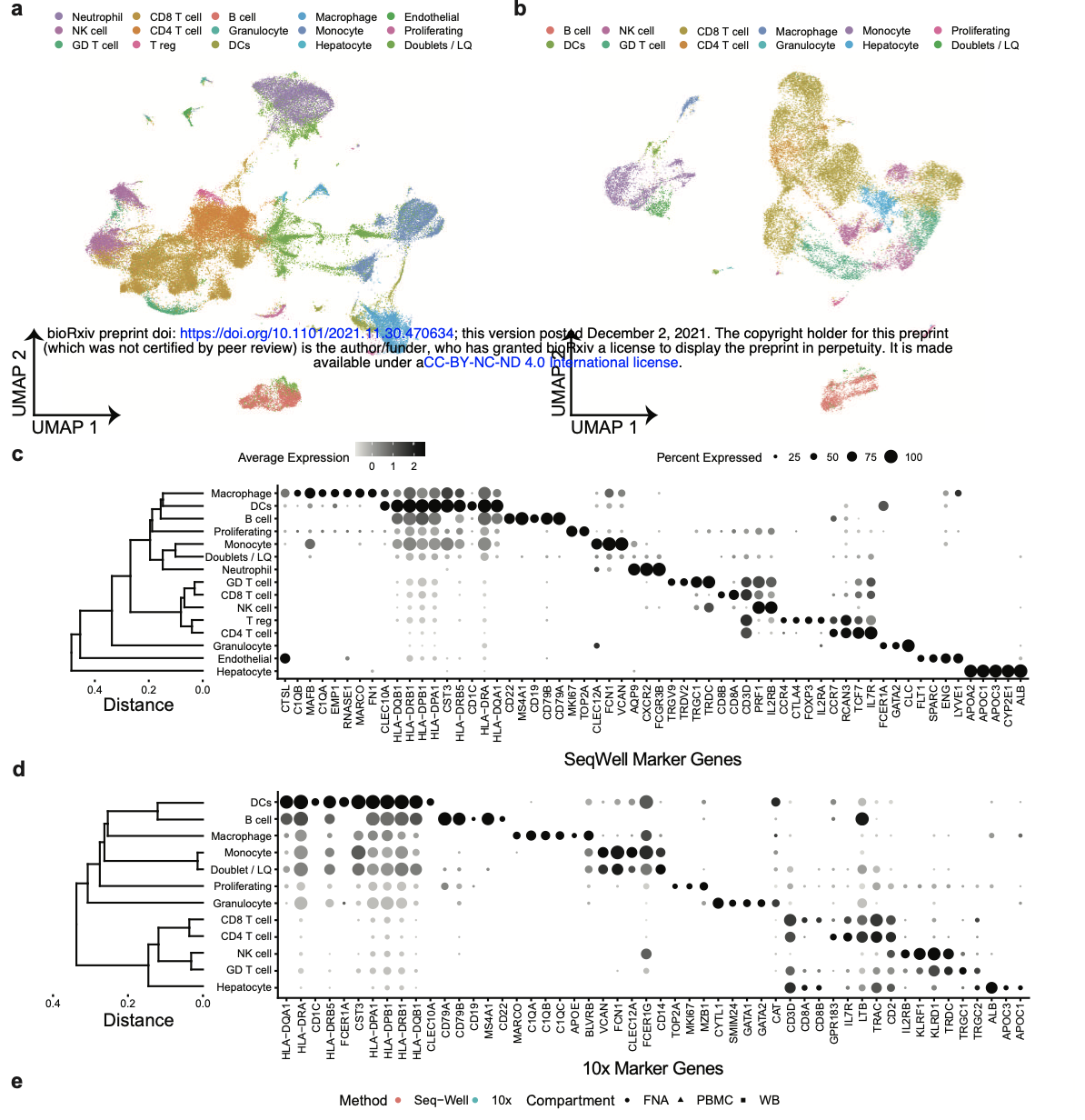
Clinical implementation of single-cell RNA sequencing using liver fine needle aspirate tissue sampling and centralized processing captures compartment specific immuno-diversity
 Biology
Biology
 Cell Atlas
Cell Atlas
 Computational Methods
Computational Methods
 Genomics
Genomics
 Immunology
Immunology
 Infectious Disease
Infectious Disease
 R&D
R&D
 Technology
Technology
 Alex Genshaft
Alex Genshaft
 Alex K. Shalek
Alex K. Shalek
 Constantine Tzouanas
Constantine Tzouanas
 Ira Fleming
Ira Fleming
 Jasmin Joseph-Chazan
Jasmin Joseph-Chazan
 Mike Vilme
Mike Vilme
 Nancy Tran
Nancy Tran
 Riley Drake
Riley Drake
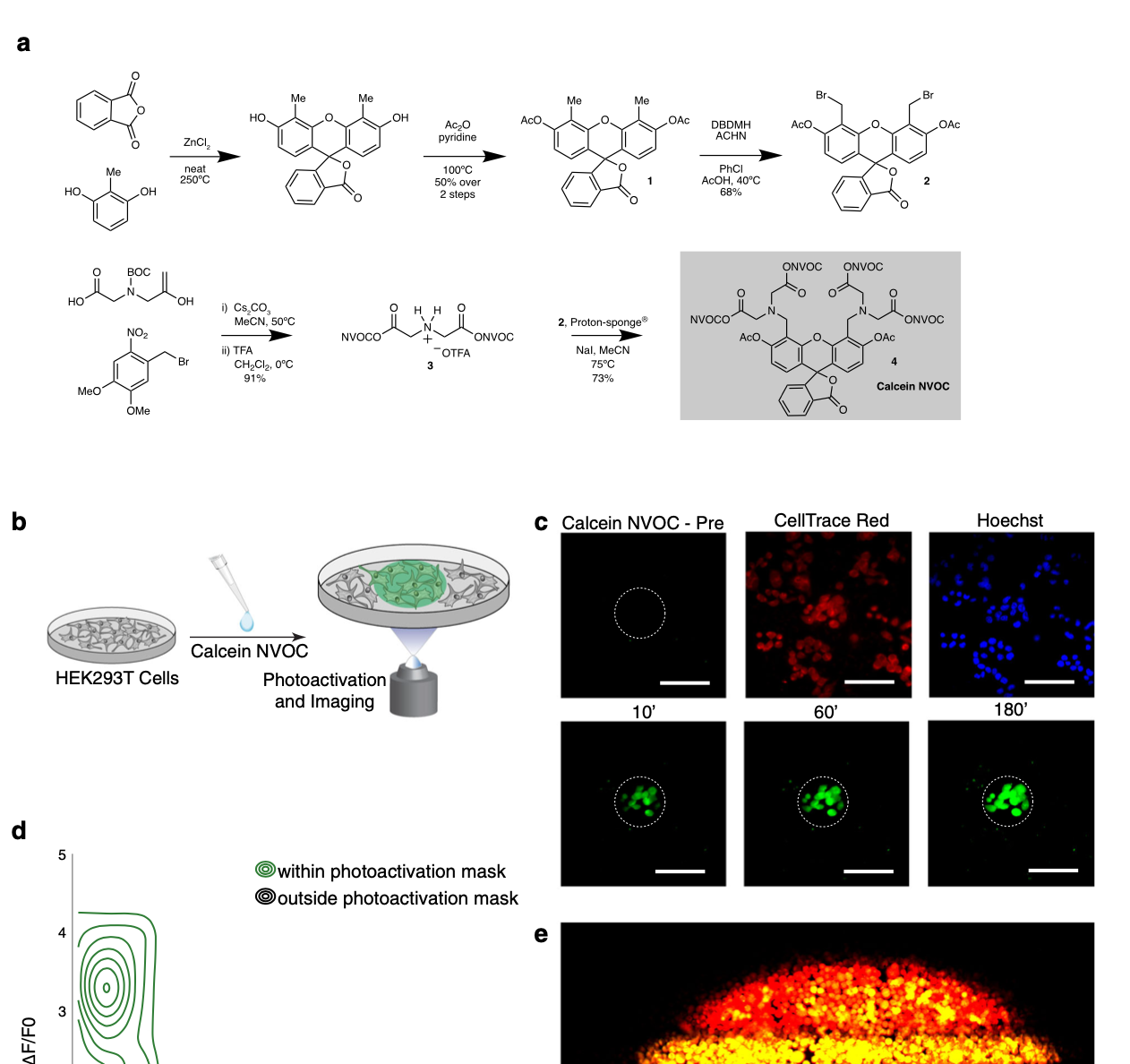
Live cell tagging tracking and isolation for spatial transcriptomics using photoactivatable cell dyes
 Genomics
Genomics
 R&D
R&D
 Technology
Technology
 Alex Genshaft
Alex Genshaft
 Alex K. Shalek
Alex K. Shalek
 Andrew Navia
Andrew Navia
 Ben Mead
Ben Mead
 Carly Ziegler
Carly Ziegler
 Constantine Tzouanas
Constantine Tzouanas
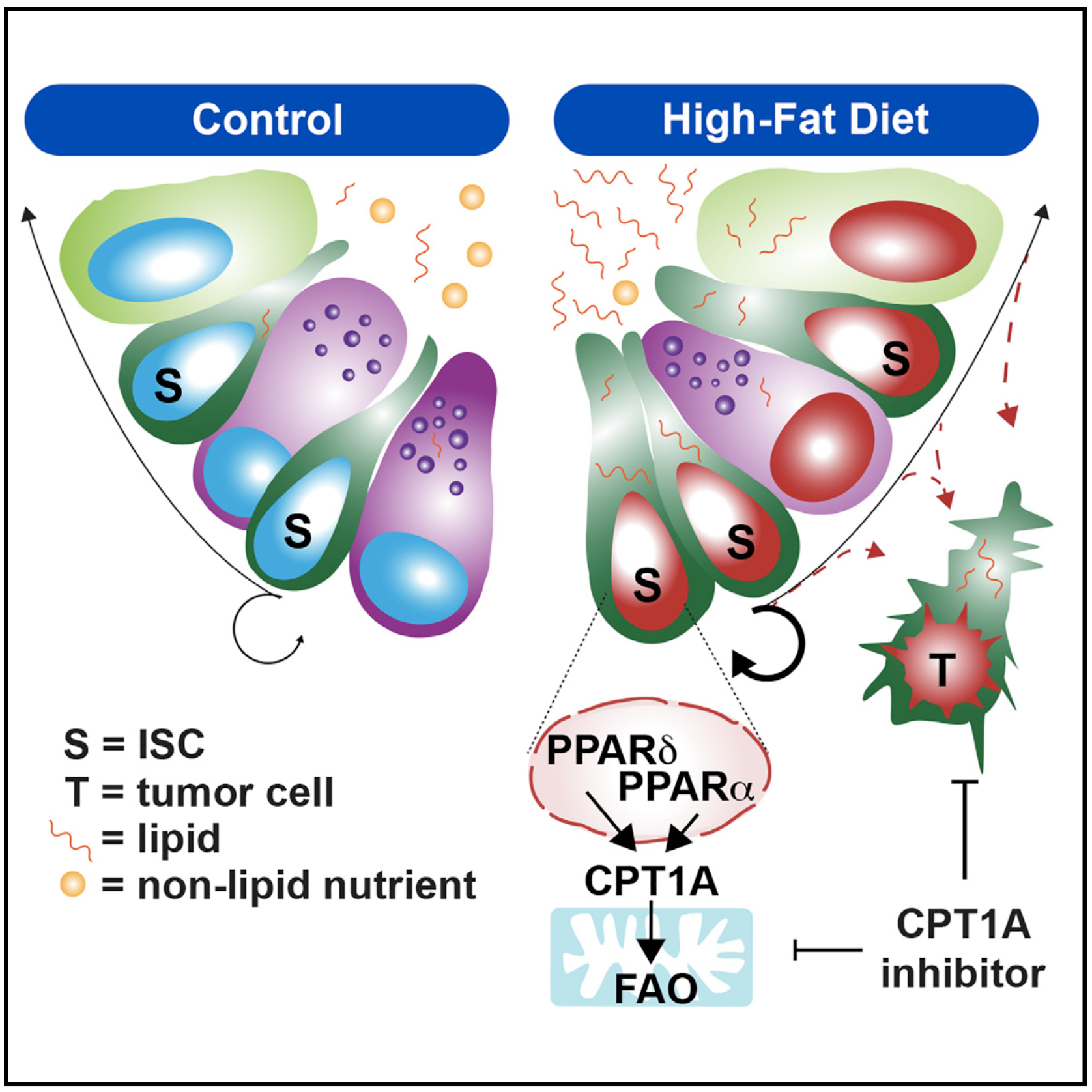
High-fat diet-activated fatty acid oxidation mediates intestinal stemness and tumorigenicity
 Biology
Biology
 Genomics
Genomics
 Alex K. Shalek
Alex K. Shalek
 Constantine Tzouanas
Constantine Tzouanas
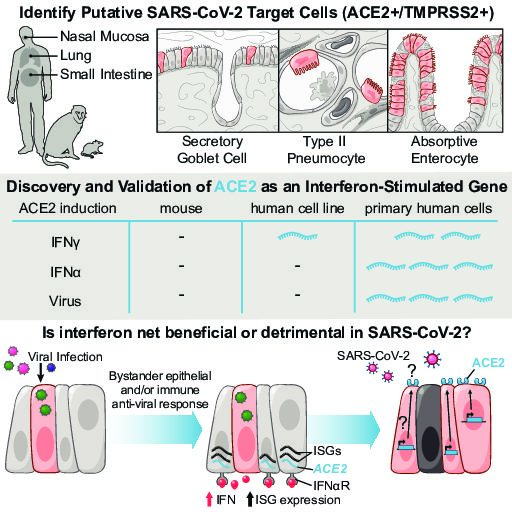
SARS-CoV-2 receptor ACE2 is an interferon-stimulated gene in human airway epithelial cells and is detected in specific cell subsets across tissues
 Biology
Biology
 Cell Atlas
Cell Atlas
 Genomics
Genomics
 Immunology
Immunology
 Infectious Disease
Infectious Disease
 Statistics
Statistics
 Ben Mead
Ben Mead
 Benjamin Doran
Benjamin Doran
 Carly Ziegler
Carly Ziegler
 Constantine Tzouanas
Constantine Tzouanas
 James Gatter
James Gatter
 Marc Wadsworth II
Marc Wadsworth II
 Marko Vukovic
Marko Vukovic
 Sam Allon
Sam Allon
 Sarah Nyquist
Sarah Nyquist
 Vincent Miao
Vincent Miao
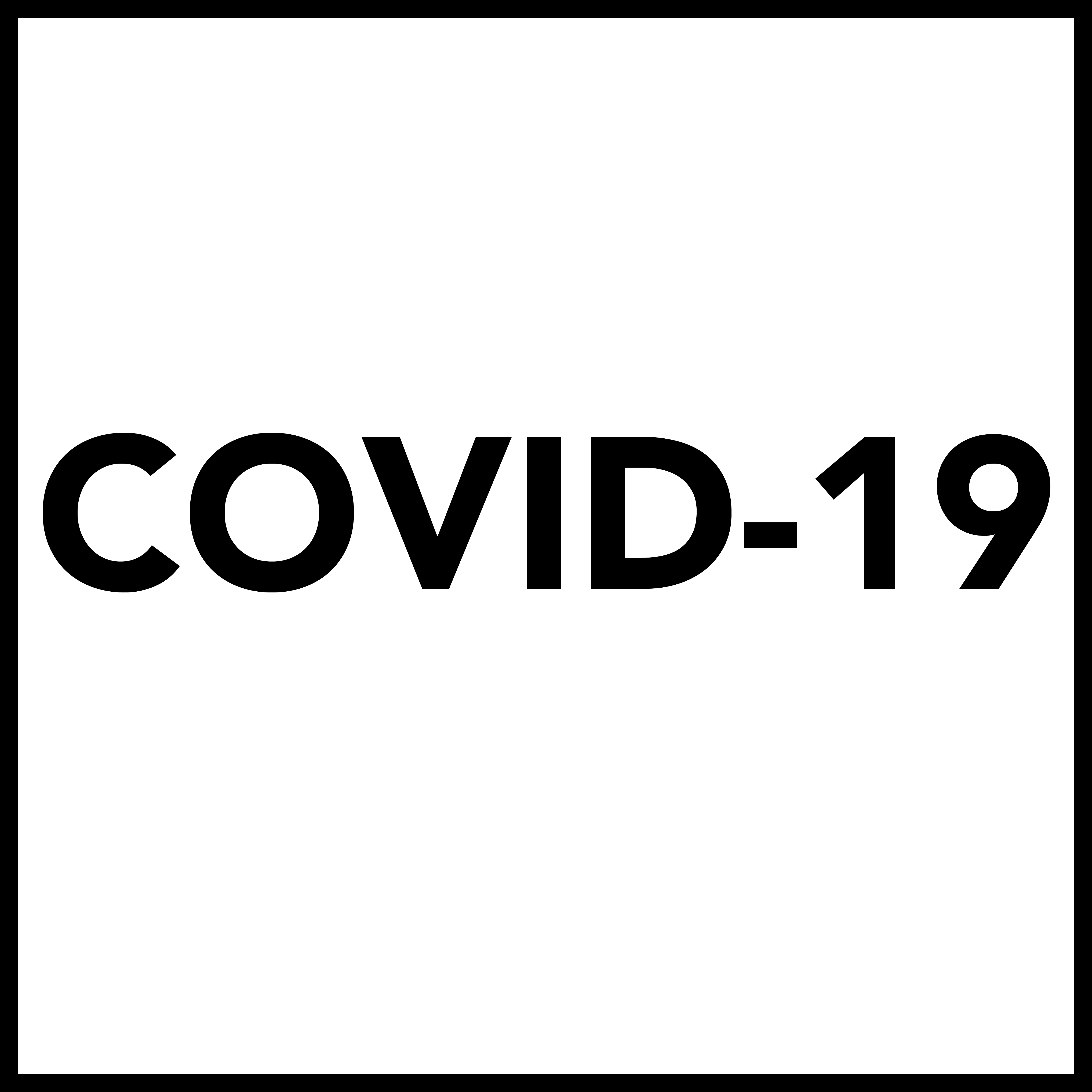
SARS-CoV-2 receptor ACE2 is an interferon-stimulated gene in human airway epithelial cells and is enriched in specific cell subsets across tissues
 Biology
Biology
 Cell Atlas
Cell Atlas
 Computational Methods
Computational Methods
 Genomics
Genomics
 Immunology
Immunology
 Infectious Disease
Infectious Disease
 Medicine
Medicine
 Benjamin Doran
Benjamin Doran
 Carly Ziegler
Carly Ziegler
 Constantine Tzouanas
Constantine Tzouanas
 James Gatter
James Gatter
 Marc Wadsworth II
Marc Wadsworth II
 Marko Vukovic
Marko Vukovic
 Sam Allon
Sam Allon
 Sarah Nyquist
Sarah Nyquist
 Shaina Carroll
Shaina Carroll
 Vincent Miao
Vincent Miao
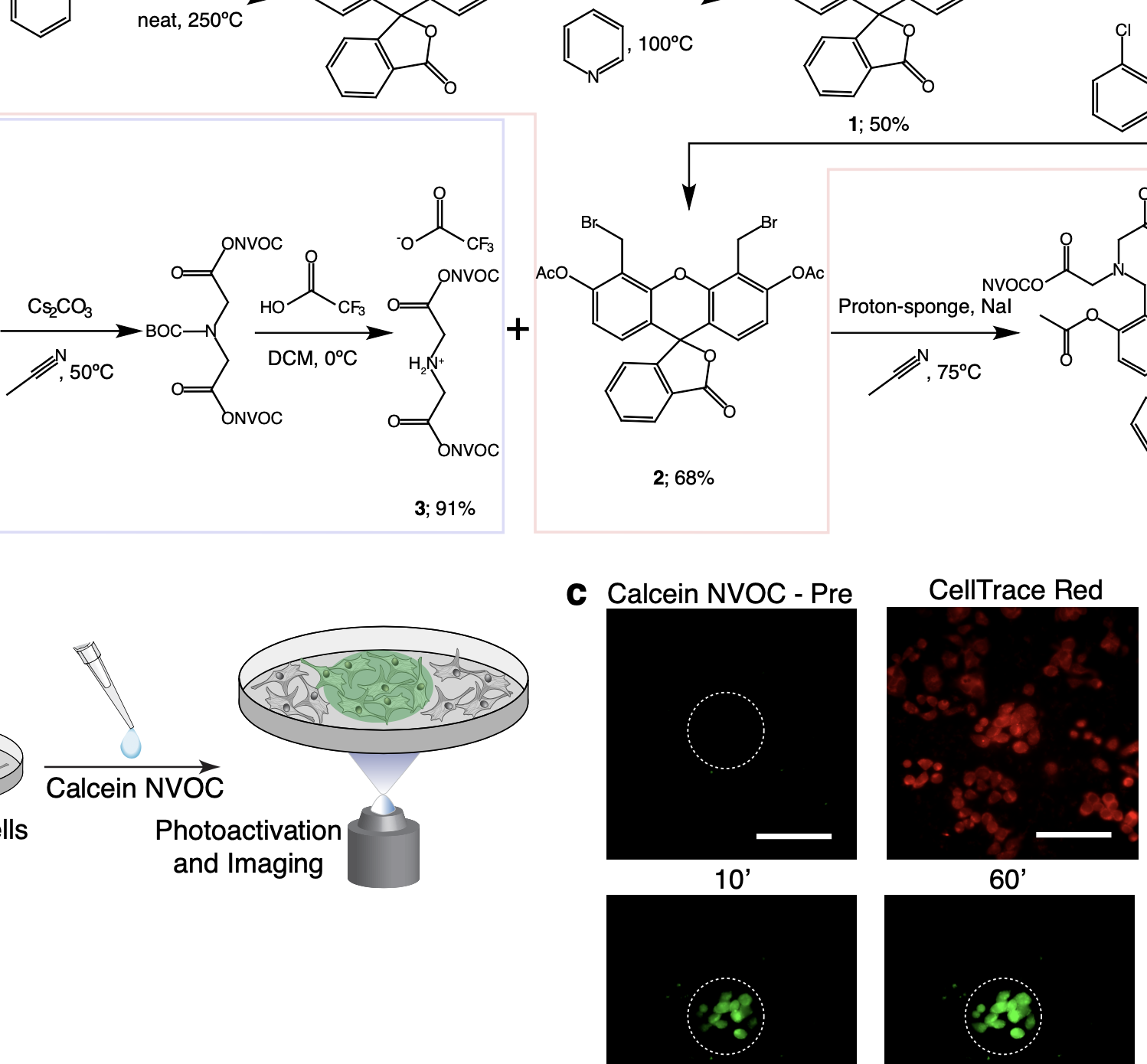
Spatially-resolved live cell tagging and isolation using protected photoactivatable cell dyes
 Biology
Biology
 Cancer
Cancer
 Chemistry
Chemistry
 Genomics
Genomics
 R&D
R&D
 Technology
Technology
 Alex Genshaft
Alex Genshaft
 Alex K. Shalek
Alex K. Shalek
 Andrew Navia
Andrew Navia
 Ben Mead
Ben Mead
 Carly Ziegler
Carly Ziegler
 Constantine Tzouanas
Constantine Tzouanas
